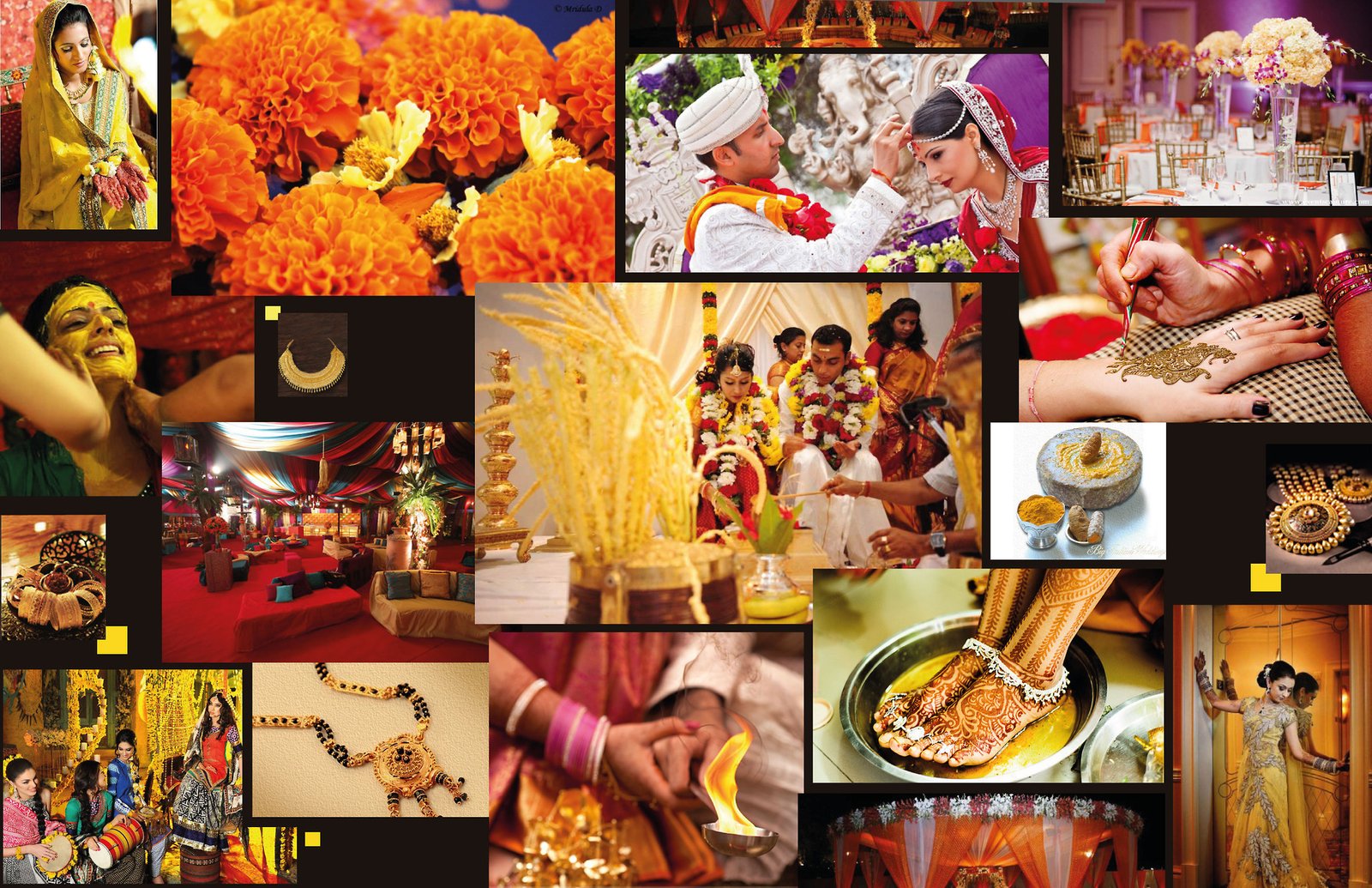Gotras play a significant role in Hindu traditions, especially in determining lineage and marriage customs. The concept of Gotras originated from ancient Vedic sages (Rishis) and has evolved over time across different regions of India. While the basic principle remains the same, Gotra traditions vary significantly among Tamil, Telugu, Kannada, and Marathi communities. In this blog, we explore these differences and their cultural significance.
1. Understanding the Concept of Gotra
Gotra represents a family lineage traced back to an ancient sage or Rishi. Traditionally, individuals from the same Gotra are considered descendants of the same Rishi and are treated as siblings, which is why marriage within the same Gotra is prohibited in many communities.
Although Gotras exist across various Hindu communities, their interpretations and importance differ in different linguistic and cultural traditions.
2. Gotras in Tamil Families
In Tamil culture, Gotras are known as “Kulam” or “Gothiram” and are primarily observed among Brahmins. Non-Brahmin Tamil communities often follow a clan-based system rather than the Gotra tradition.
Key Features:
- Tamil Brahmins, such as Iyers and Iyengars, strictly follow the Gotra system inherited from the Vedic sages.
- Common Tamil Brahmin Gotras include Bharadwaja, Vasishta, Gautama, Kashyapa, and Vishwamitra.
- Marriage within the same Gotra is strictly avoided, as per traditional Hindu customs.
- Tamil Brahmins also follow the Pravara system, which traces the lineage of the Gotra to three Rishis.
- In Tamil Nadu’s non-Brahmin communities, a similar concept of family lineage is observed through “Kula Deivam” (family deity) rather than Gotras.
3. Gotras in Telugu Families
The Gotra system in Telugu-speaking regions is widely observed, especially among Brahmins and certain other caste groups.
Key Features:
- Telugu Brahmins follow a strict Gotra system, similar to Tamil Brahmins, with common Gotras like Koundinya, Vasishta, Bharadwaja, Gautama, and Kashyapa.
- Unlike Tamil traditions, some Telugu non-Brahmin communities also follow the Gotra system, especially the Kamma, Reddy, and Velama communities.
- Telugu Brahmins follow a dual-surname system in which the Gotra is often reflected in names (e.g., “Vasishta Venkata Rao”).
- Marriage within the same Gotra is traditionally prohibited, though in some cases, cross-Gotra marriages are allowed within extended family circles.
- The concept of Inti Peru (house name) also plays a role in Telugu family traditions, especially among non-Brahmin communities.
4. Gotras in Kannada Families
Kannada-speaking communities also maintain the Gotra tradition, especially among Brahmins and some upper-caste groups.
Key Features:
- Kannada Brahmins, including Smartha, Madhwa, and Vaishnava Brahmins, strictly follow the Gotra system.
- Common Gotras include Gautama, Bharadwaja, Kashyapa, Vasishta, and Agasthya.
- In some Kannada-speaking non-Brahmin communities, a similar concept exists in the form of Bali or Bedagu, which determines lineage.
- The Gotra system also plays an essential role in selecting suitable marriage partners, ensuring lineage purity.
- Some Kannada communities follow a matrilineal system in certain regions, influencing how Gotras are passed down.
5. Gotras in Marathi Families
Marathi communities, especially Brahmins and some other castes, follow the Gotra tradition, though its significance varies.
Key Features:
- Marathi Brahmins such as Deshastha, Chitpavan, Karhade, and Saraswat Brahmins follow the Gotra system.
- Common Marathi Brahmin Gotras include Bharadwaja, Vasishta, Kashyapa, and Jamadagni.
- The system is less rigid among Marathi non-Brahmin communities, where Kuladevata (family deity) worship is more prominent.
- Some Marathi families have retained their Gotras for religious purposes, especially in performing rites and rituals.
- Cross-Gotra marriages are usually encouraged, but some flexibility exists in modern times.
Conclusion
While the Gotra system is a unifying element across these communities, regional and cultural differences have shaped its interpretation. Tamil and Kannada Brahmins have a strict adherence to the system, while Telugu and Marathi communities show variations in its application. Non-Brahmin communities in these regions often follow alternative lineage tracking methods, such as house names, clans, or family deity traditions.
As modernization progresses, some communities are becoming more flexible with Gotra-based traditions, especially concerning marriage. However, the spiritual and ancestral significance of Gotras continues to hold a strong place in Hindu customs.
Leave a Reply
You must be logged in to post a comment.

